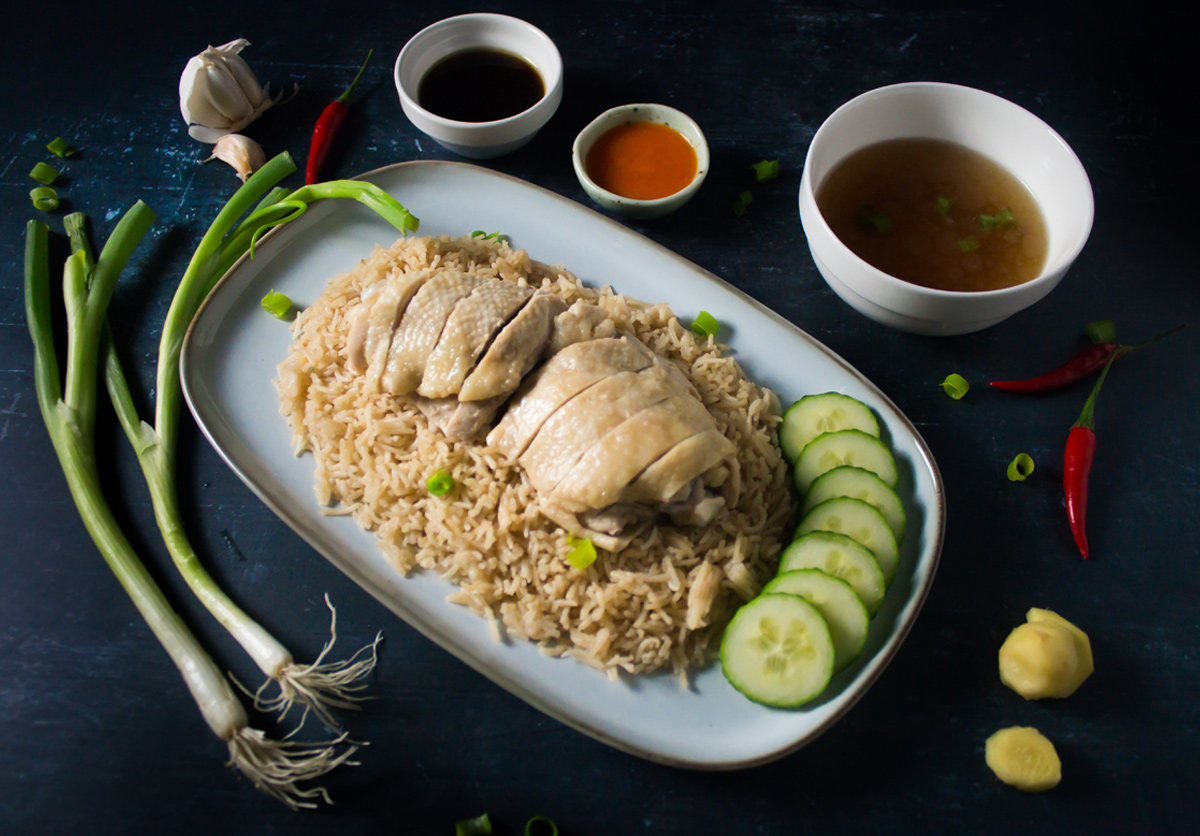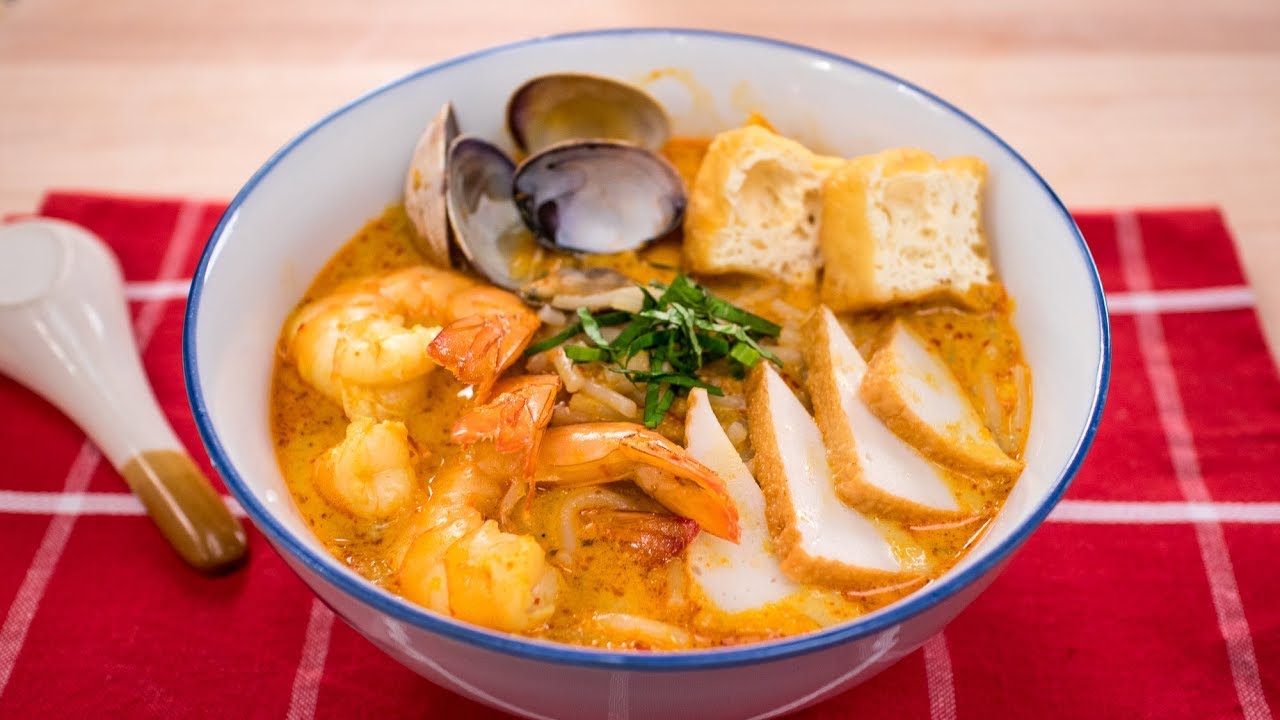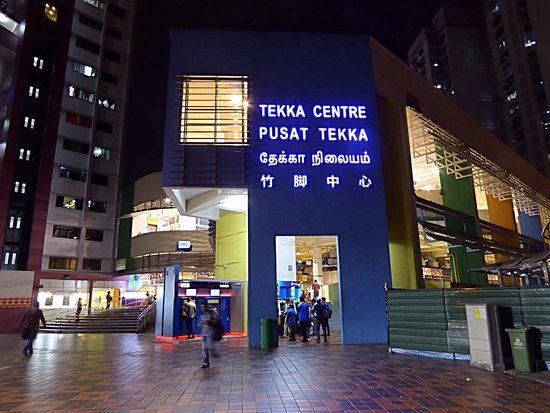Singaporean cuisine evolved from several ethnic groups as a result of centuries of political, economic, and social changes in this cosmopolitan city-state. It contains influences from the cuisines of the Malays, Chinese, and Indians, as well as Indonesian, Peranakan, and Western traditions (especially English and Portuguese-influenced Eurasian, called Kristang). Influences from neighbouring regions such as Japan, Korea, and Thailand are also present. Singapore views food as an integral part of its national identity and a common cultural thread. Eating is a national pastime and food is an obsession in Singaporean literature. Food is a frequent topic of conversation among Singaporeans. It is true that there are religious dietary restrictions. Muslims do not eat pork, Hindus do not eat beef, and there are significant numbers of vegetarians and vegans. Often people from different communities eat together, respecting each other's cultures and choosing food that is acceptable to all. Singapore also has many restaurants serving cuisine from many different countries around the world in addition to local Singaporean cuisine.






